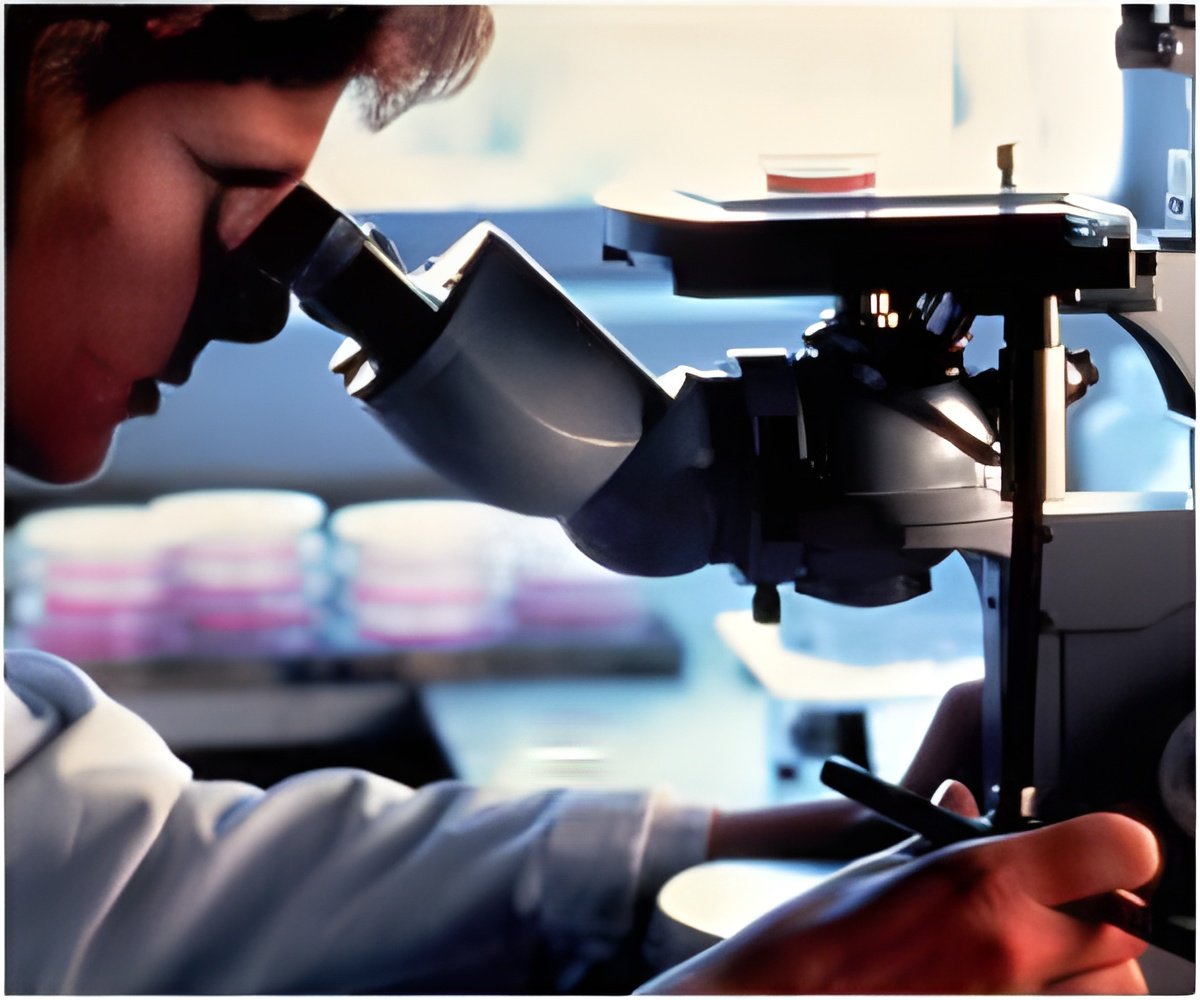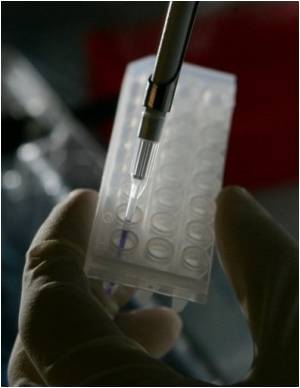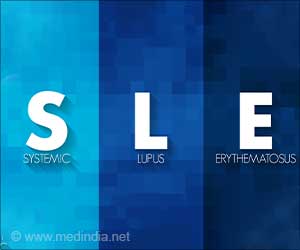A new study by Rice University and the University of Pennsylvania created an implant with an intricate network of blood vessels using sugar, silicone and a 3-D printer.

TOP INSIGHT
One of the biggest challenges in regenerative medicine is delivering oxygen and nutrients to all cells in an artificial tissue implant. This new technique from Rice and Penn university researchers may provide a method to overcome the challenge.
Using an open-source 3-D printer that lays down individual filaments of sugar glass one layer at a time, the scientists "printed" a lattice of would-be blood vessel.
“We had a theory that maybe we shouldn’t be waiting,” Miller said. “We wondered if there were a way to implant a 3-D printed construct where we could connect host arteries directly to the construct and get perfusion immediately. In this study, we are taking the first step toward applying an analogy from transplant surgery to 3-D printed constructs we make in the lab.”
The research team thought long-term about what the needs would be for transplantation of large tissues made in the laboratory. “What a surgeon needs in order to do transplant surgery isn’t just a mass of cells; the surgeon needs a vessel inlet and an outlet that can be directly connected to arteries and veins,” he said.
 MEDINDIA
MEDINDIA




 Email
Email





